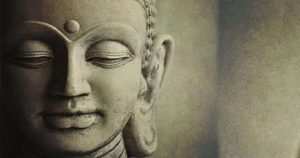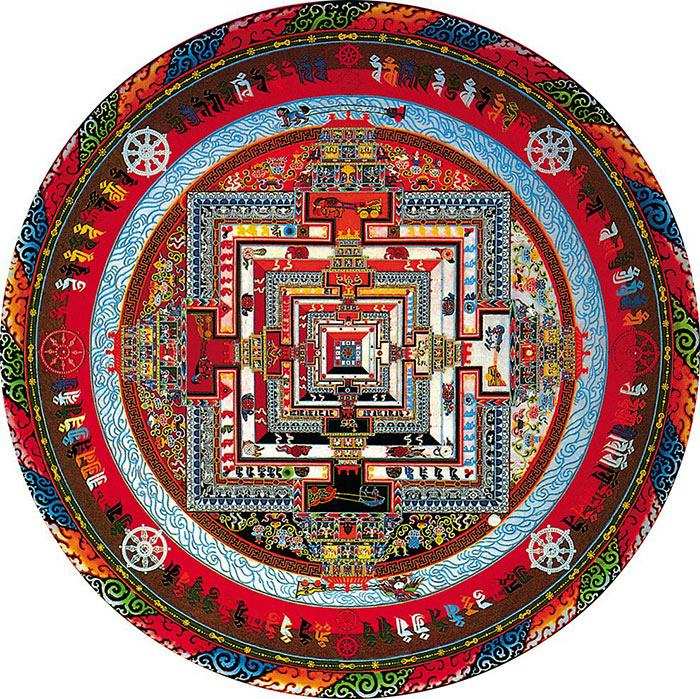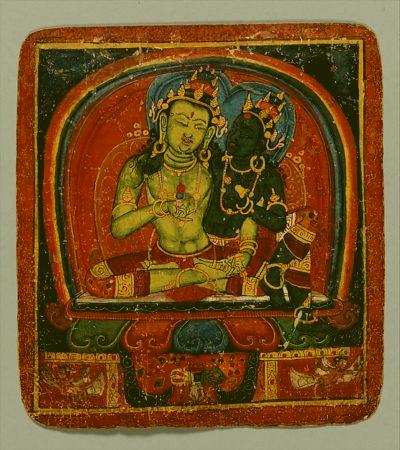Those who practice Dzogchen must realize perfect presence and awareness and, to that end, must truly have understood their own mind and succeeded in gaining control of it. Otherwise, explanations about presence and awareness will not get results and will amount to little more than ink on paper or topics for intellectual discussion. In the…






